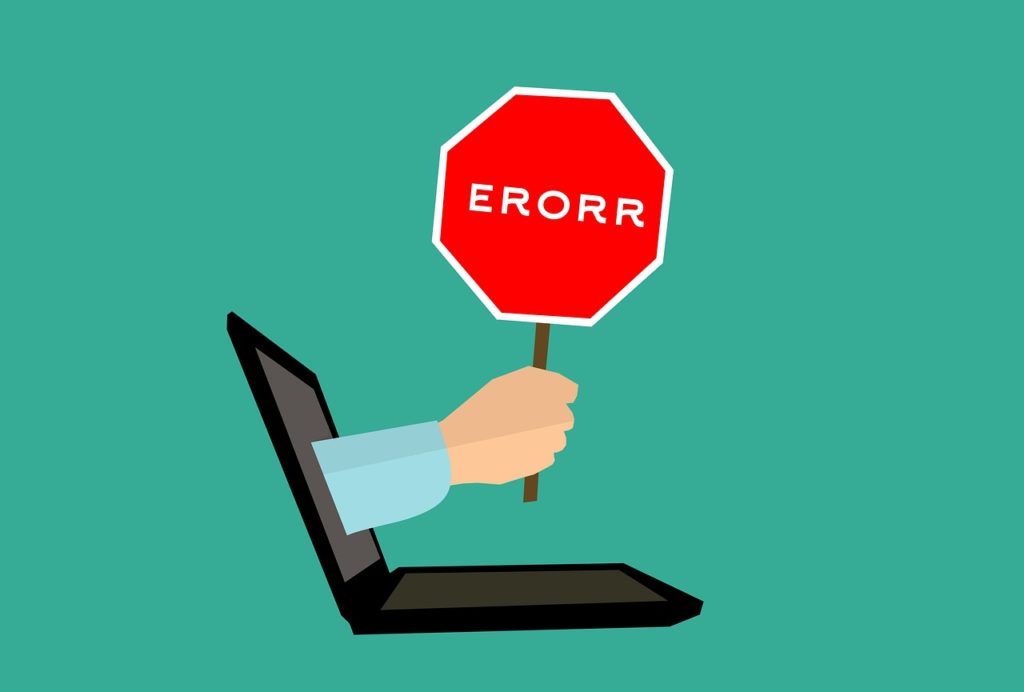
The benefit amount surprises many seniors who are claiming benefits for the first time. Some seniors think, “I paid the maximum amount into the program, how come I’m not getting the universal maximum benefit back?” Truthfully, that’s not quite how the program works. Economist, and Author, Larry Kotlikoff answers this question in detail.
Social Security is calculated using a particular method. The Social Security Administration (SSA) takes your adjusted gross income for 35 of your highest earning work years, and then inputs those variables into their averaging equation to calculate your benefit. Mr. Kotilkoff states, if you make the maximum taxable income or more, you aren’t entitled to a “universal maximum benefit.” Earning history and age effect your benefit the most.
So, is there a Maximum Benefit?
There are a couple ways you can increase you benefit. The simplest way is to hold off on claiming them, until you’re past full retirement age. That’ll increase you benefits up to 30 percent.
Alternatively, you can continue to work in some capacity and earn an income. This helps if you can earn more than you did in any of the 35 years the SSA used to calculate your benefit. The SSA will consider your new income level and factor it into their equation, resulting in a better benefit.
Knowing your full retirement age can help you strategize. Older seniors have different expectation than younger seniors claiming benefits. So, while there is no maximum benefit, you can still boost your own Social Security. Earning the highest monthly benefit possible can be a reality with the right plan in place.
The Council for Retirement Security works to help seniors receive their benefits. Regardless of the size of the benefit, each senior deserves their Social Security, so all they have to worry about is how to make their benefit bigger.



